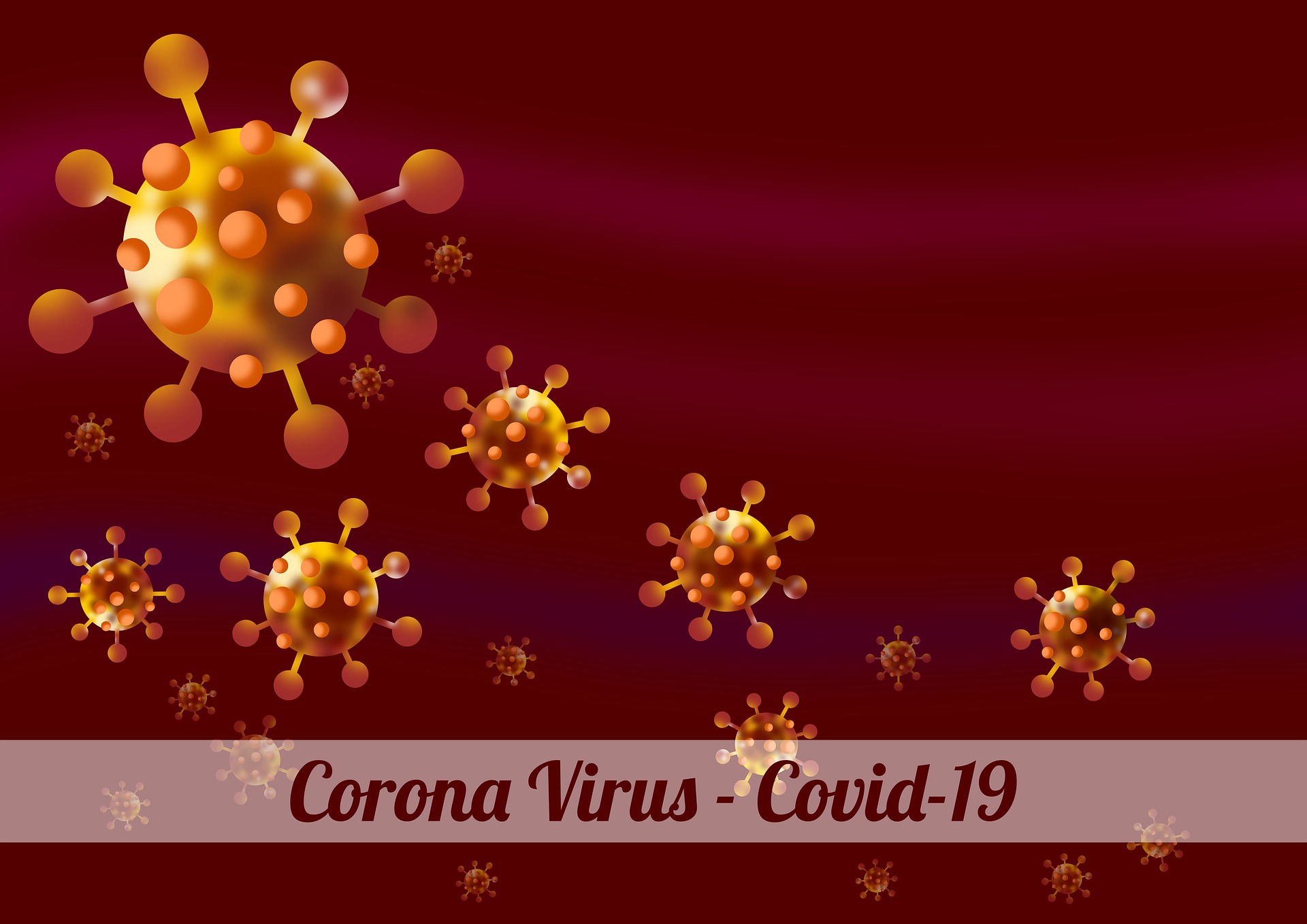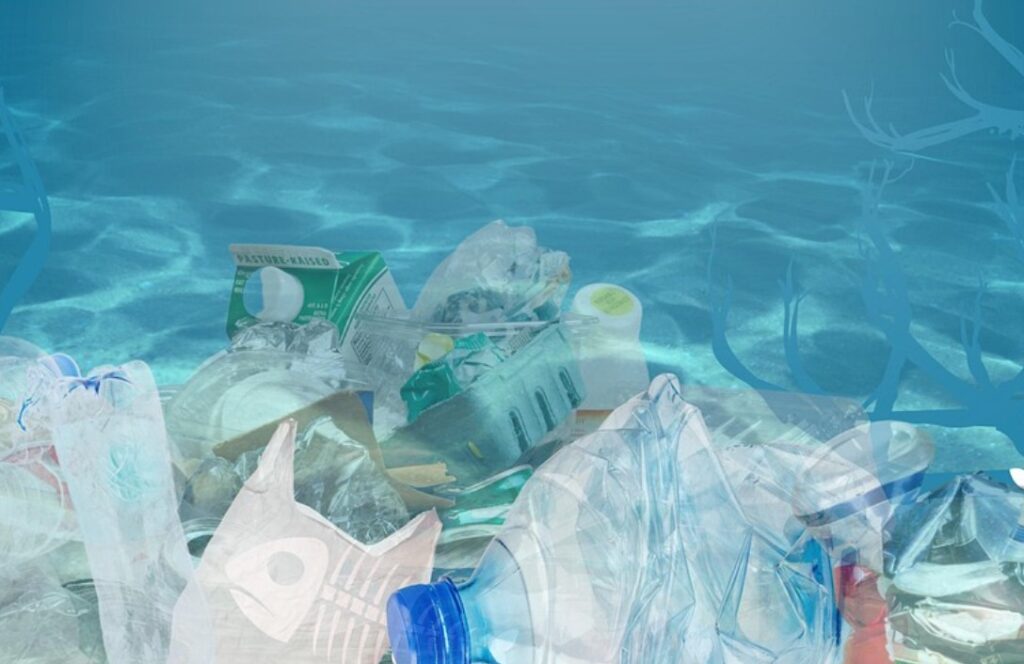The ominous seasonal effect of coronavirus infections is always on everyone’s lips during pandemics.
This is strongly related to droplet transmission, which is generally more difficult in summer due to higher temperatures and more sunlight. Researchers from Vienna and Italy have now taken a close look at what happens to emitted droplets, which can act as SARS-CoV-2 virus carriers, in the environment. These proved to be surprisingly persistent.
In the autumn, which is now beginning, the seasonal effect in the numbers of cases is already turning again to our disadvantage, unfortunately, in a clearly visible way.
Also, because social life moves indoors more during cooler periods, it is generally easier to become infected in winter, for example. This also applies to other pathogens, where transmission can occur via contaminated aerosols.
Larger droplets, greater risk of infection
Until now, it has been widely assumed that larger droplets pose a greater risk of infection. Small droplets, on the other hand, evaporate relatively quickly, according to a statement issued by the Vienna University of Technology (TU) on Friday.
However, the small virus vehicles are not quite so volatile. Researchers led by Alfredo Soldati from the Institute of Fluid Mechanics and Heat Transfer at TU Vienna and Italian colleagues have taken a closer look at why this is so.
In the scientific journal “PNAS” they now report that the exhaled air and its humidity itself play a decisive role in this. This air and droplet flow – researchers speak of “multiphase flows” – in fact forms its own milieu, so to speak, as newly developed computer simulations of human aerosol ejection events such as sneezing show.
The interaction of gas and droplets actually revealed a longer half-life of droplets than often expected.
In addition, the scientists placed a specially purchased manikin, modeled on a human, into which an electromagnetically controlled valve was integrated.
This allowed the precisely tuned mixture of droplets and gas to be sprayed under different temperature and humidity conditions. High-speed cameras were used to observe this precisely and measure how long droplets of various sizes remained in the air.
“We found that small droplets stay in the air an order of magnitude longer than previously thought. There’s a simple reason for this: the evaporation rate of droplets is not determined by the average relative humidity of the environment, but by the local humidity right where the droplet is,” Soldati said. Since the exhaled air is more humid than the environment, this has longer-term effects. Namely, if initial smaller droplets evaporate, this creates higher humidity at the site.
That, in turn, has a knock-on effect on further droplets, which then evaporate less quickly in the more humid environment, the researchers said. “This does mean that small droplets are infectious for longer than assumed, but that should not be a reason for pessimism,” Soldati said. Ultimately, he said, even taking the new results into account, further thought needs to be given to sensible mask-wearing and safety distances.
- source: k.at/picture:pixabay.com
This post has already been read 1222 times!



